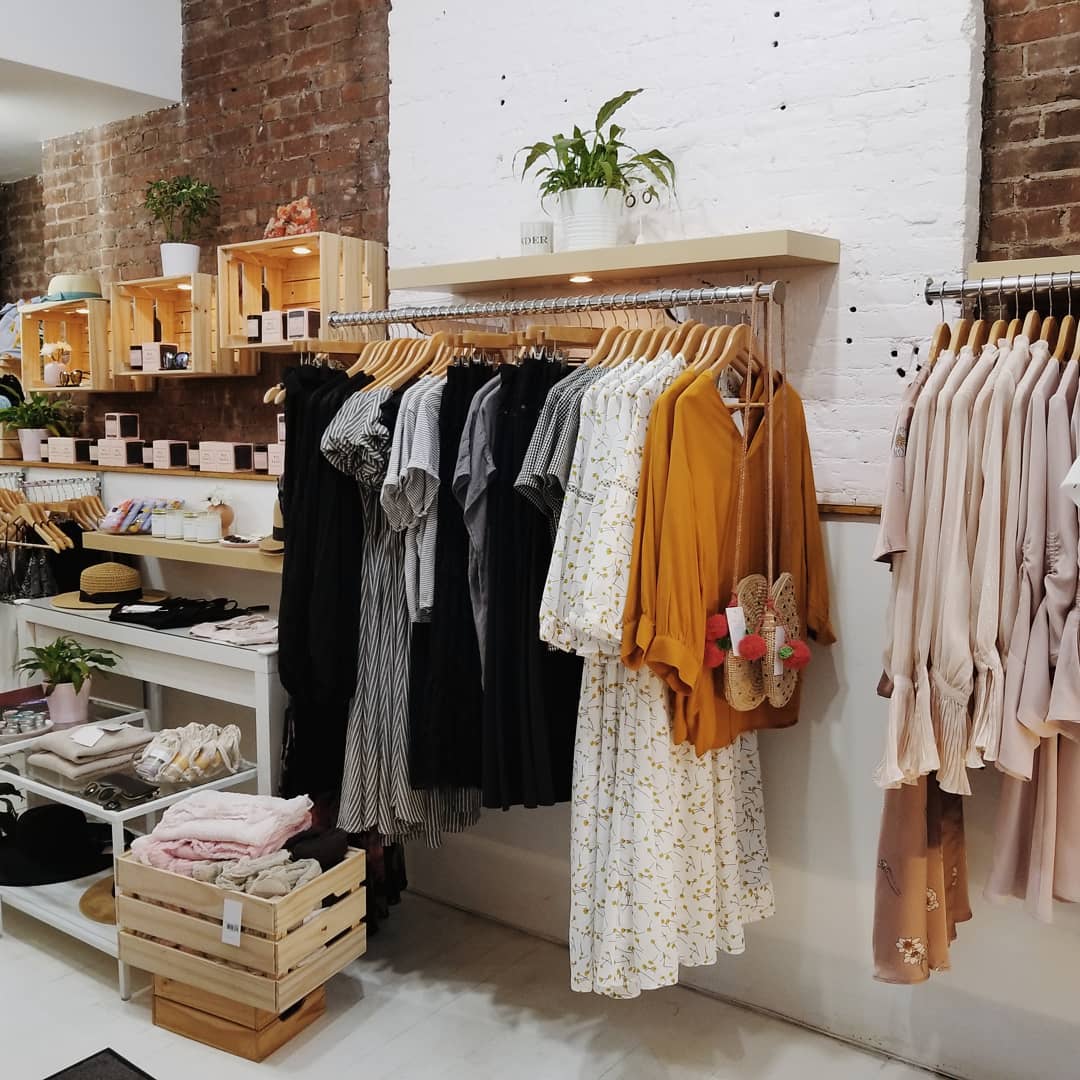Unveiling the Keys Behind Inexpensive Boutique Fashion
Unveiling the Keys Behind Inexpensive Boutique Fashion
Blog Article
Discovering the Evolution and Effect of Apparel on Modern Fashion Trends
The development of garments has actually significantly influenced modern style trends, merging historical precedents with innovative innovations. Iconic figures like Coco Chanel and Yves Saint Laurent reinvented the fashion business by introducing concepts that prioritize comfort and availability, which proceed to resonate today. Meanwhile, technological strides in areas such as 3D printing and wise fabrics are redefining style opportunities and customer experiences. In addition, the expanding focus on inclusivity and sustainability is improving sector standards. As we consider these multifaceted impacts, one have to wonder about just how these elements collectively redefine fashion's role in mirroring and forming modern culture.
Historic Fashion Influencers
In the tapestry of fashion background, particular figures have left an enduring mark, shaping the fads and designs that define whole ages. Coco Chanel, an innovative designer, redefined females's fashion by introducing comfortable, classy clothing that left from restrictive corsets. Her famous Chanel fit and little black outfit have actually become timeless staples in closets worldwide. Likewise, Christian Dior's post-war "New Look" in 1947, with its party of womanhood via complete skirts and cinched waists, marked a go back to opulence and has actually remained to affect designers.
Elsa Schiaparelli is an additional pivotal number, renowned for her progressive designs that included surrealist art, collaborating with Salvador Dalí to produce wayward items that challenged traditional visual appeals. Her cutting-edge usage of color and strong patterns resounds in modern fashion. Yves Saint Laurent, on the other hand, equalized high fashion with prêt-à-porter collections, bringing runway styles to the masses and setting a precedent for modern ready-to-wear lines.
These enthusiasts, to name a few, not just changed fashion in their times however additionally established enduring trends that resonate in today's fashion business, giving a structure whereupon modern designers continue to develop and innovate. Their traditions emphasize the importance of creativity and daring in vogue's ever-evolving narrative.
Technological Improvements in vogue
Among the vibrant landscape of the fashion industry, technological developments stand at the leading edge of development, reshaping exactly how designers create and consumers engage with fashion. The integration of 3D printing has actually revolutionized layout procedures, making it possible for developers to explore complex structures and lasting products that were formerly impossible. This innovation assists in fast prototyping, decreasing waste and speeding up production times.

Smart fabrics, installing innovation into textiles, are also transforming the industry. Innovations like self-cleaning and temperature-regulating fabrics provide improved performance and convenience. Wearable innovation, integrating attributes like fitness monitoring and interaction, adds a brand-new measurement to style, combining appearances with usefulness.
Social Shifts and Style
As technological developments proceed to improve the style market, cultural shifts are similarly influential, redefining design and customer choices. Recently, the increase of social media sites systems has actually increased the you can try here circulation of international style patterns, enabling diverse cultural influences to exist together and assemble. This digital interconnectivity has facilitated the rapid exchange of ideas, bring about an extra inclusive and eclectic analysis of design that mirrors the multifaceted nature of modern-day society.
Cultural recognition and appreciation have prompted developers to attract motivation from a broader range of ethnic and historic contexts, integrating traditional concepts with modern looks. This combination has caused style that resonates with a wider target market, promoting a feeling of identity and belonging across various demographics. Furthermore, the enhancing need for customization has driven brand names to provide customizable alternatives, allowing customers to reveal originality while mirroring their cultural heritage.
In addition, moving social values have actually affected style, with inclusivity and diversity coming to be central motifs. The market has actually begun to accept versions and influencers of different type of body, ethnic backgrounds, and sex identities, tough standard appeal requirements. This transformation emphasizes the power of cultural changes in shaping the future of fashion, as design comes to be a much more genuine expression of cumulative and individual identity.
Sustainability and Modern Style
While the style sector proceeds to evolve, the vital for sustainability has actually ended up being progressively urgent, influencing contemporary layout techniques. The surge of slow-moving style, which stresses high quality over amount, motivates consumers to invest in timeless items instead than short-term fads.
Moreover, contemporary design is identified by its advancement in reducing waste and advertising circularity. This technique not only minimizes environmental impact however likewise improves the social responsibility of style houses.

Future Trends in vogue

Sustainability will certainly remain to be a driving pressure in shaping future style patterns. The sector is progressively adopting green materials and moral manufacturing techniques, reacting to a growing customer demand for accountable practices. Advancements such as bio-fabricated materials and closed-loop recycling systems are readied to redefine how garments is produced and taken in, lowering environmental effect while keeping style and top quality.
Cultural shifts, consisting of the rise of inclusivity and diversity, will certainly also play an essential role. As society comes to be more conscious of social problems, style is anticipated to become a system for expression and change. Developers will Read Full Article likely focus on producing collections that show a wider range of identifications and experiences, championing representation and access.
Conclusion
The development of garments significantly impacts contemporary style patterns, where historic impacts combine with modern designs. Key figures like Coco Chanel and Yves Saint Laurent have actually redefined design, while technical technologies such as 3D printing and smart textiles expand innovative possibilities. Social changes in the direction of inclusivity and sustainability urge brand names to adopt ethical practices and embrace diversity. This continuous development highlights fashion's function as a mirror to societal values and technological development, suggesting a future rich with development and inclusivity.
The advancement of garments has significantly affected modern-day fashion trends, combining historic precedents with cutting-edge technologies.Among the dynamic landscape of the fashion sector, technological advancements stand at the center of technology, reshaping how developers produce and consumers involve with fashion.While the style market continues to develop, the important for sustainability has actually ended up being increasingly urgent, influencing modern-day design methods. As sustainability becomes ingrained in modern layout, it paves the means for a more liable and mindful style industry.
The advancement of garments significantly affects modern style fads, where historical impacts merge with modern layouts.
Report this page